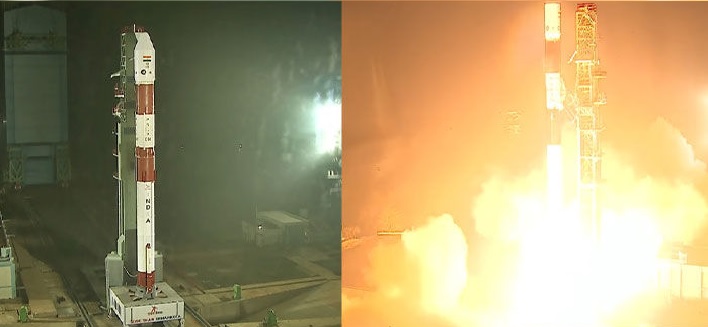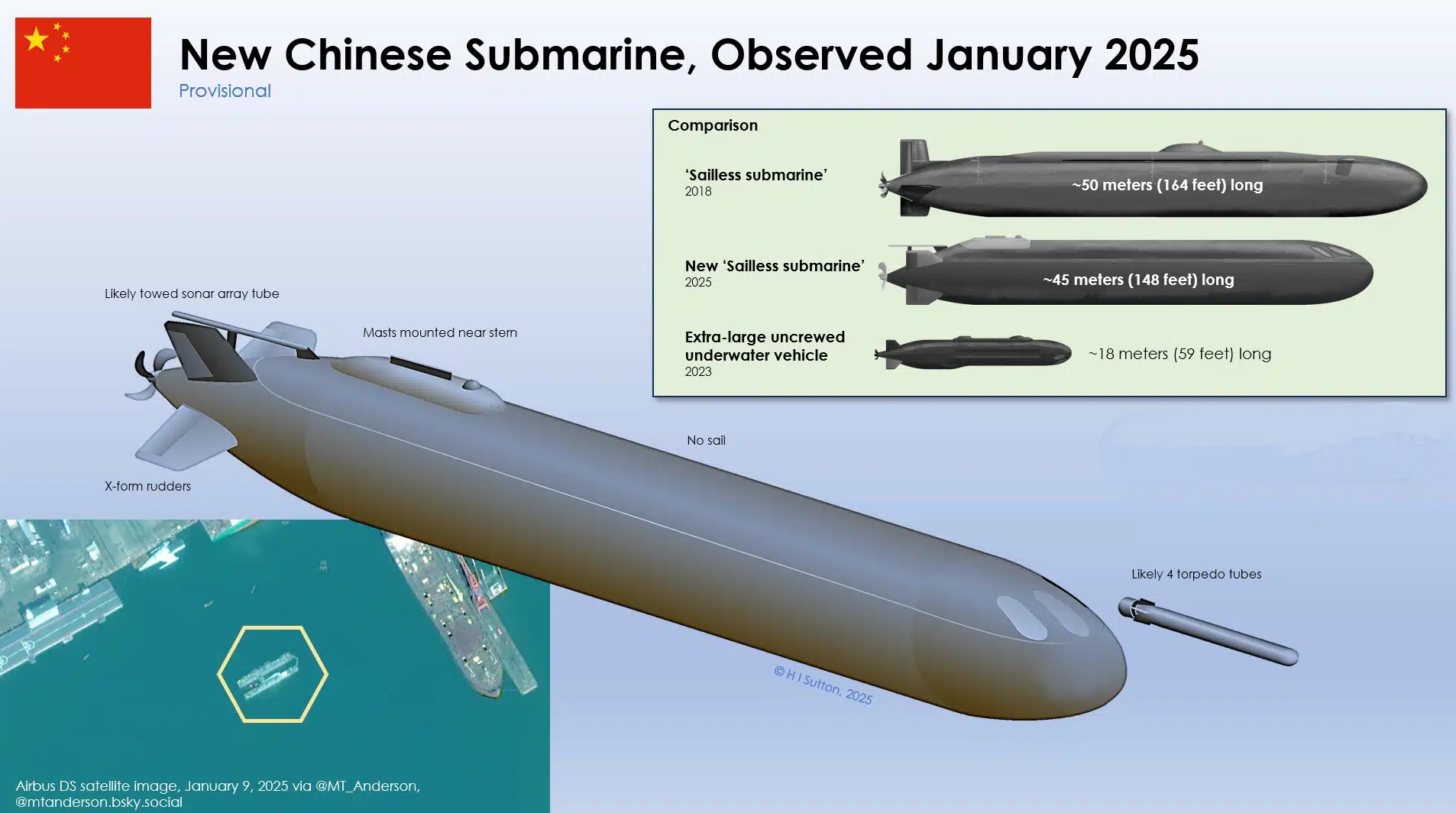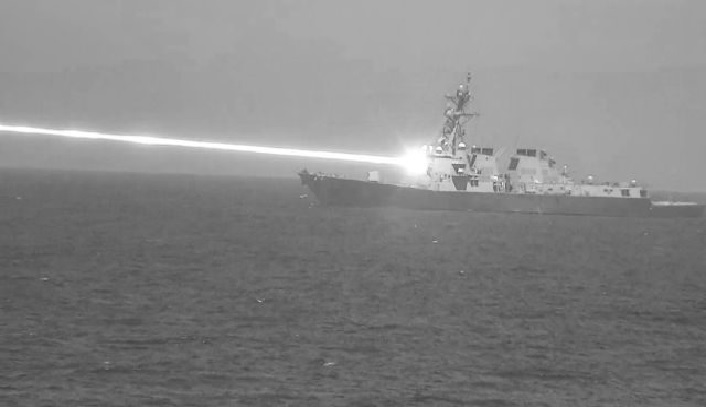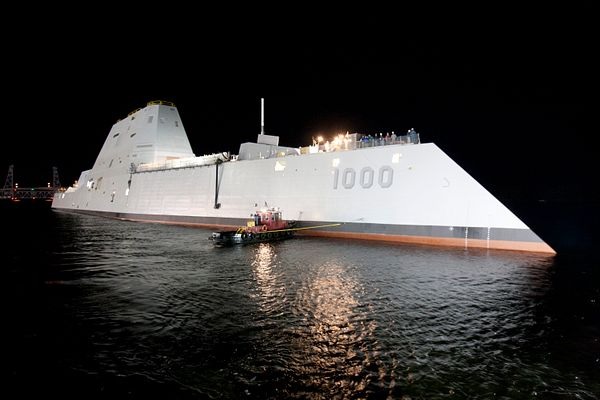ISRO Launches PSLV-C60 SpaDeX Mission, Demonstrating India's Leap in Space Docking Technology

India took another significant step in space exploration with the successful launch of the PSLV-C60 rocket as part of the SpaDeX mission on Monday at 10 PM from the Satish Dhawan Space Centre (SDSC) in Sriharikota. This milestone marks India’s entry into the elite league of nations—China, Russia, and the United States—that have developed in-space docking technology. The SpaDeX (Space Docking Experiment) mission is a crucial component of India's long-term ambitions in human spaceflight and its planned Gaganyaan space station program.
The SpaDeX Mission: A Technological Breakthrough
The PSLV-C60 mission carried two nearly identical satellites, SDX01 and SDX02, each weighing approximately 220 kilograms. These satellites, referred to as the "Chaser" and the "Target," were deployed into a 470 km circular orbit shortly after the rocket's liftoff.
Once deployed, the satellites are programmed to drift apart to a distance of 10-15 kilometers. Over the subsequent ten days, the Chaser satellite will execute a series of meticulously planned and controlled maneuvers to close the gap, culminating in a successful docking with the Target satellite. This process will validate critical docking procedures such as proximity operations, alignment, and attachment mechanisms, essential for future space station modules and long-duration space missions.
Advanced Payloads and Capabilities
The satellites are equipped with cutting-edge payloads, including a high-resolution camera to monitor the docking process and a radiation monitoring device. These tools will not only assist in executing the docking procedure but also gather valuable data for future human spaceflight missions. The collected data will provide insights into radiation levels in low Earth orbit, crucial for ensuring astronaut safety during long-term missions.
Additionally, the satellites feature autonomous navigation systems powered by state-of-the-art algorithms, enabling precise control and docking without direct intervention from ground stations. This capability is a significant advancement for India’s future endeavors in deep space exploration.
Boosting India's Space Ambitions
The SpaDeX mission is part of ISRO’s broader vision to establish its presence in the highly competitive domain of space docking technology. Mastering this technology is a foundational requirement for assembling space stations, refueling spacecraft, and enabling interplanetary missions. With the success of SpaDeX, ISRO has laid the groundwork for future complex orbital operations, including India's Gaganyaan mission—a crewed spaceflight expected to launch in the near future.
Moreover, this success bolsters India’s reputation as a global leader in space exploration, opening avenues for international collaborations and partnerships in space technology development. The demonstration of such advanced capabilities also signals India’s readiness to contribute to global space station projects and manned lunar or Mars missions.
A Moment of National Pride
The PSLV-C60 launch was met with celebrations by ISRO scientists and space enthusiasts across the country. The night sky at Sriharikota lit up as the rocket soared, symbolizing India’s relentless pursuit of technological excellence and scientific discovery. ISRO Chairman S. Somanath congratulated the team, calling it a “giant leap for India’s space program.”
The SpaDeX mission is a testament to India’s growing capabilities in cutting-edge space technologies. By successfully venturing into space docking, India joins an exclusive group of nations pushing the boundaries of human ingenuity and space exploration. This achievement not only reinforces India’s leadership in the space sector but also serves as a beacon of inspiration for future generations of scientists and engineers.



